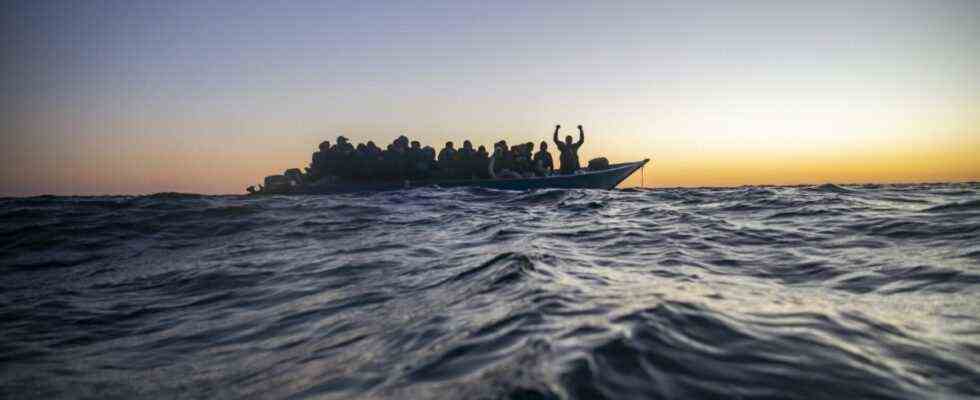“We’re helping,” was the headline picture on August 29, 2015. In addition, it showed exhausted but cute-looking children of refugees on the first page in large format. On pages two and three there were stories of tough Germans who distributed chocolate among those who had arrived or even cleared their rooms for them. Long ago. picture and other media have recently been reporting less and less and more and more negative reports about asylum seekers. This is shown by a study by the University of Mainz, which collected 5822 contributions from the Frankfurter Allgemeine Zeitung, the Süddeutsche Zeitung, the picture as well as the news programs “Tagesschau”, “ZDF heute” and RTL.
The research sponsored by Stiftung Mercator was triggered by surveys from 2015, in which a majority of those questioned complained that the media reported too uncritically about refugees and the government’s asylum policy. In fact, according to the study, with the exception of the picture At the height of the wave of refugees, all the media painted a clearly positive picture of those arriving. In the years that followed, however, this was no longer the case for a single medium. Rather, the newspapers and television stations examined recently emphasized the dangers of immigration. Around every tenth article examined deals with terrorism and refugee crime. The media also portrayed the relationship between refugees and the local population as confrontational.
Reports on the everyday life of the children of refugees are rare
The study rates reports in which, for example, refugees in boats as brave and brave were described as positive; a negative report would describe their crossing as unreasonable. The most positive reported Southgerman newspaper. The most negative picture. The two public news broadcasts, in turn, had almost completely reversed the tenor of their reporting, according to the study: “While almost only positive reports about refugees were broadcast here in 2015, both are now among the media with the most negative portrayals.”
And what do refugees look like in the media? Mostly men are shown. This no longer agrees with the asylum statistics. While it was mainly young men who came to Germany as a result of the great wave of refugees, it is currently most common for children under the age of four to apply for asylum for the first time, be it because they were allowed to follow a parent or because they were born here. Reports on the everyday life of refugee children are rare, said Marcus Maurer, Mainz journalism professor and co-author of the study.
Damage and conflict take up a large part of the reporting
Why do you read and see so little encouraging information about refugees? Marcus Maurer explains this with the logic of the mass media. These followed the current events in their reporting. Damage and conflict take up a lot of space. Refugees therefore mainly occurred if they were saved from drowning or had carried out a terrorist attack. Or as passive objects of reporting when politicians decided to change the asylum policy. The normal, perhaps successfully integrated refugee remains invisible in such reporting.
With their stories about helpless or dangerous refugees, the media created a negative image for the reader, albeit unintentionally. Finally, the authors of the study write what coverage they would like: more articles about success stories or those that show a solution to the problems.

